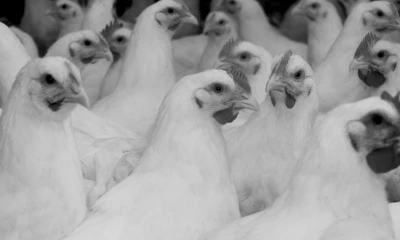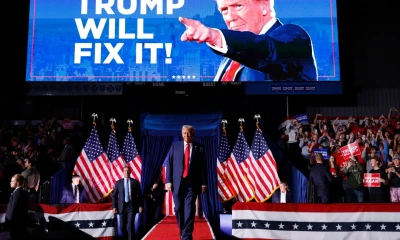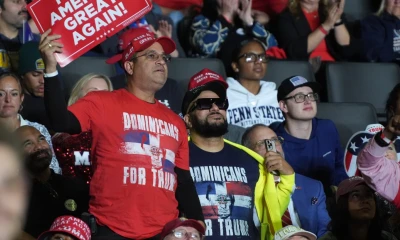Regional
What’s behind the power of tiny eyeglasses?
Tiny rectangular eyeglasses combine Bayonetta, office siren, and 90s trends.
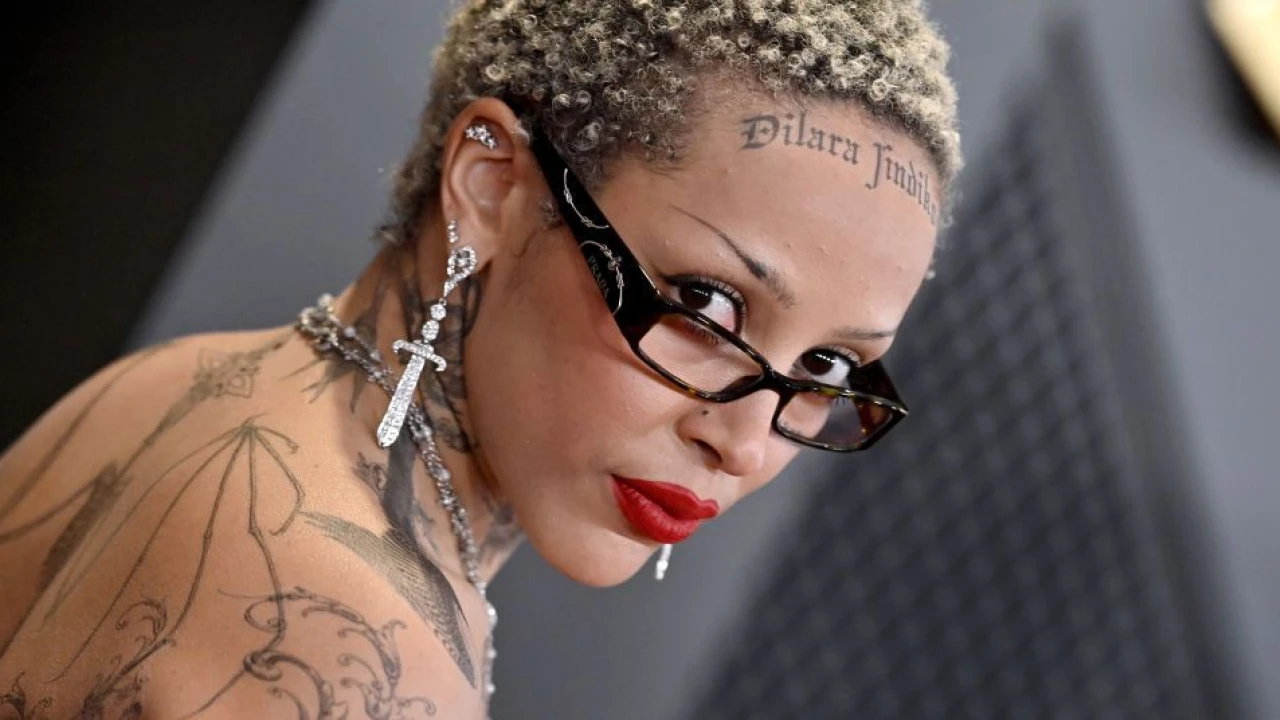
It was all the way back in the spring of 2018 that Mindy Kaling tweeted, in response to the onslaught of hot fashion people wearing a certain kind of eyewear, “I think we will regret this tiny sunglasses look.” Anne Hathaway then immortalized the tweet by posting a screenshot and writing, “I’ll sit this one out with you.” Even Ryan Reynolds, who has never been known for fashion criticism, mocked the trend on Instagram not once, but twice.
Unfortunately for Hathaway, Kaling, and Reynolds, in the six years since, tiny sunglasses have not gone away. In fact, they’ve become the de facto shape for not just shades, but regular eyeglasses for a particular type of cool young person: Doja Cat wore them to the Grammys. Recent SNL musical guest Reneé Rapp wore them when she took an iconic tumble on her birthday. Internet it-girls like MUNA’s Katie Gavin, model Gabbriette, and Blizzy McGuire regularly post themselves in tiny eyeglasses. Sexyy Red’s been wearing them for years. Because no fashion trend can really be so named without a signoff by Bella Hadid, she’s also credited as an early adopter.
Online, they’re categorized as Bayonetta glasses, after the 2009 video game character, “office siren” glasses, or, a personal favorite, “cunty librarian glasses.” Basically, they’re small and sort of severe, usually rectangular but sometimes rounded at the corners. To the average onlooker, they’re no different from the cheap reading glasses you’d find near the checkout aisle at the grocery store. But to the stylish and the aesthetically blessed, they’re among the sexiest things you can wear right now.
“The small rectangular ones, I really can’t keep a hold on. Those are the ones that go really quickly,” says AZYR Specs founder Maureen Ryza. Her brand refurbishes vintage frames with updated lenses, and Ryza says that the most popular eras are futuristic ’60s styles and the small ’90s shapes. “When you put on those kinds of glasses, you’re putting on a persona more so than just wearing glasses to shield your eyes.”
What tiny eyeglasses communicate can depend on their context. You can do them à la Miu Miu, in a prim-but-a-little-silly way, or attempt the TikTok aesthetic of the “frazzled English woman,” named for romcom heroines like Kate Winslet in The Holiday and Bridget Jones. You can pair them with an outfit that recalls ’90s model-off-duty minimalism or Y2K-era Space Age nostalgia or Matrix cosplay. But one reference they almost always play on, no matter the outfit, is that of the sexy librarian, among the more durable archetypes in American culture. “It’s librarian chic — it’s breaking this paradigm where glasses are associated with nerdiness, but it’s a mystique, and kind of sexy,” says Ryza.
Modern stereotypes of librarians are rooted in the turn of the 20th century, when educated, middle-class white women began entering the profession. Early on, it was a job thought to employ “sexually repressed spinsters, because it was impossible for our culture to acknowledge an educated, intelligent woman with a healthy relationship to sexuality,” according to Nicole Pagowsky and Miriam Rigby’s book, The Librarian Stereotype: Deconstructing Perceptions and Presentations of Information Work.
But it was this very presumed sexlessness that made librarians prime fodder for the sexiest material on earth. By the early ’70s, writes David D. Squires in “From Sensuous to Sexy: The Librarian in Post-Censorship Print Pornography,” sexy librarians were featured in advertisements, cartoons, pulp fiction, and porn out of “a misplaced sense of irony” and “based on the paradox that a woman might be brainy and slutty.” Since then, aesthetics associated with librarians and other emblems of nerd culture have been reimagined in BDSM fashion (what’s hotter than pairing a latex suit with librarian glasses?) and then appropriated by the mainstream (think Catwoman or Lucy Liu’s character in Charlie’s Angels).
Bayonetta, for instance, caused a minor uproar in feminist gamer circles when the character debuted in 2009: Her overt sexiness was a selling point, and in an industry where women were underrepresented (especially at that point), making her a lust object was met with complicated reactions. That conversation has since reversed course, for the most part: While Bayonetta still appears in conversations about the male gaze in video games, she’s also lionized as a fabulously dressed heroine, and her glasses are now viewed as iconic rather than the remnant of a sexist trope.
At least among some of us, that is. People have hated on tiny sunglasses since they reappeared in the late 2010s, for one big reason: It’s always bizarre when an item that was popular when you were younger suddenly becomes cool again, not only because it can remind you of your awkward former self but because it confirms you’re old enough to be considered “nostalgic.” True to her word, by my (extremely cursory) scroll through her socials and public appearances, Hathaway hasn’t worn a pair of teeny sunglasses since she reposted Kaling’s tweet. This is sort of funny, though, considering that part of the reason why people are talking about them in the year 2024 is because a character from her 2006 film The Devil Wears Prada has gone viral online — and it isn’t Andie Sachs. Instead, it’s her coworker Serena, played by Gisele Bündchen, who appeared in the film for “two seconds” (her words) but who cast a sartorial legacy that lasted much longer.
:no_upscale()/cdn.vox-cdn.com/uploads/chorus_asset/file/25287933/Screen_Shot_2024_02_15_at_1.05.46_PM.png)
In September, French fashion student and TikToker Asia Bieuville made a fashion mood board and titled it the “office siren;” the aesthetic draws heavily from ’90s and early 2000s minimalist ready-to-wear collections and includes a lot of sleek, tailored neutrals and basics. Others called it “corporate core” and drew from Gisele’s cameo as Serena (though at least one person noted that most women cannot wear most of these clothes in an actual corporate environment without a visit from HR).
Bieuville says she began noticing the aesthetic on recent fashion shows by Miu Miu, Gucci under Sabato de Sarno, Shushu/Tong, and Tom Ford that gave sexy touches to traditional officewear. “I think it sends this idea that one can be sultry and serious at the same time,” she tells me over email. “Mixed with some sheer blouses and high heels, it gives you the feeling that you can be seductive and smart, an idea that was rejected by society for a long time.”
Like all fashion trends, tiny eyeglasses are cool because already-hot people are wearing them. You see enough professionally cool people wearing a thing, no matter how objectively ugly it is (and tiny eyeglasses, I would argue, are not inherently ugly!), and chances are you’ll see that thing at your local Zara in a few weeks. But ignore the fast-fashion ripoffs: The season’s hottest accessory is most authentic when purchased from a thrift store or, honestly, a CVS.
-
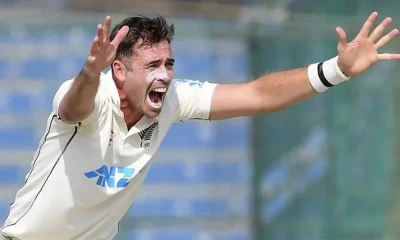
 Sports 1 day ago
Sports 1 day agoKiwi fast bowler Tim Southee retires from Test cricket
-
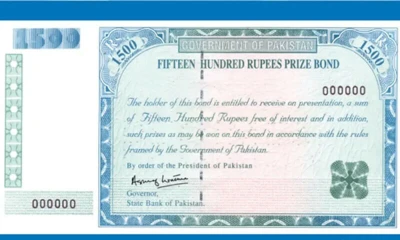
 Pakistan 1 day ago
Pakistan 1 day agoLucky numbers of Rs100, Rs1,500 prize bonds announced
-
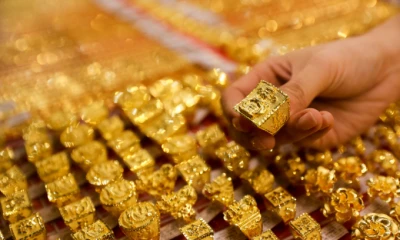
 Business 23 hours ago
Business 23 hours agoGold price shoots up Rs1,300 per tola in Pakistan
-

 Business 2 days ago
Business 2 days agoLPG price crosses Rs350 per kg
-
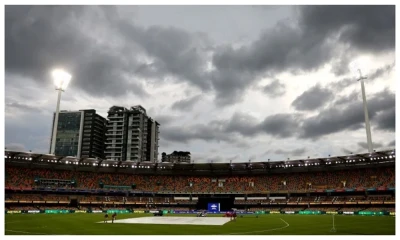
 Sports 2 days ago
Sports 2 days agoPakistan lose fifth quick wicket in T20I chase against Australia
-
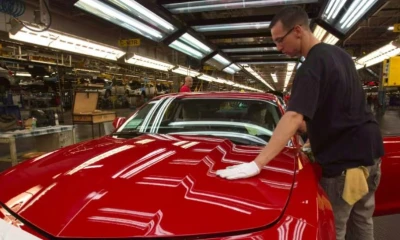
 Business 19 hours ago
Business 19 hours agoGeneral Motors lays off about 1,000 workers to compete in a crowded automobile market
-

 Crime 2 days ago
Crime 2 days agoTwo kids killed as device explodes in N. Waziristan
-

 Regional 1 day ago
Regional 1 day agoPPP wins 8 seats in Karachi by-elections

